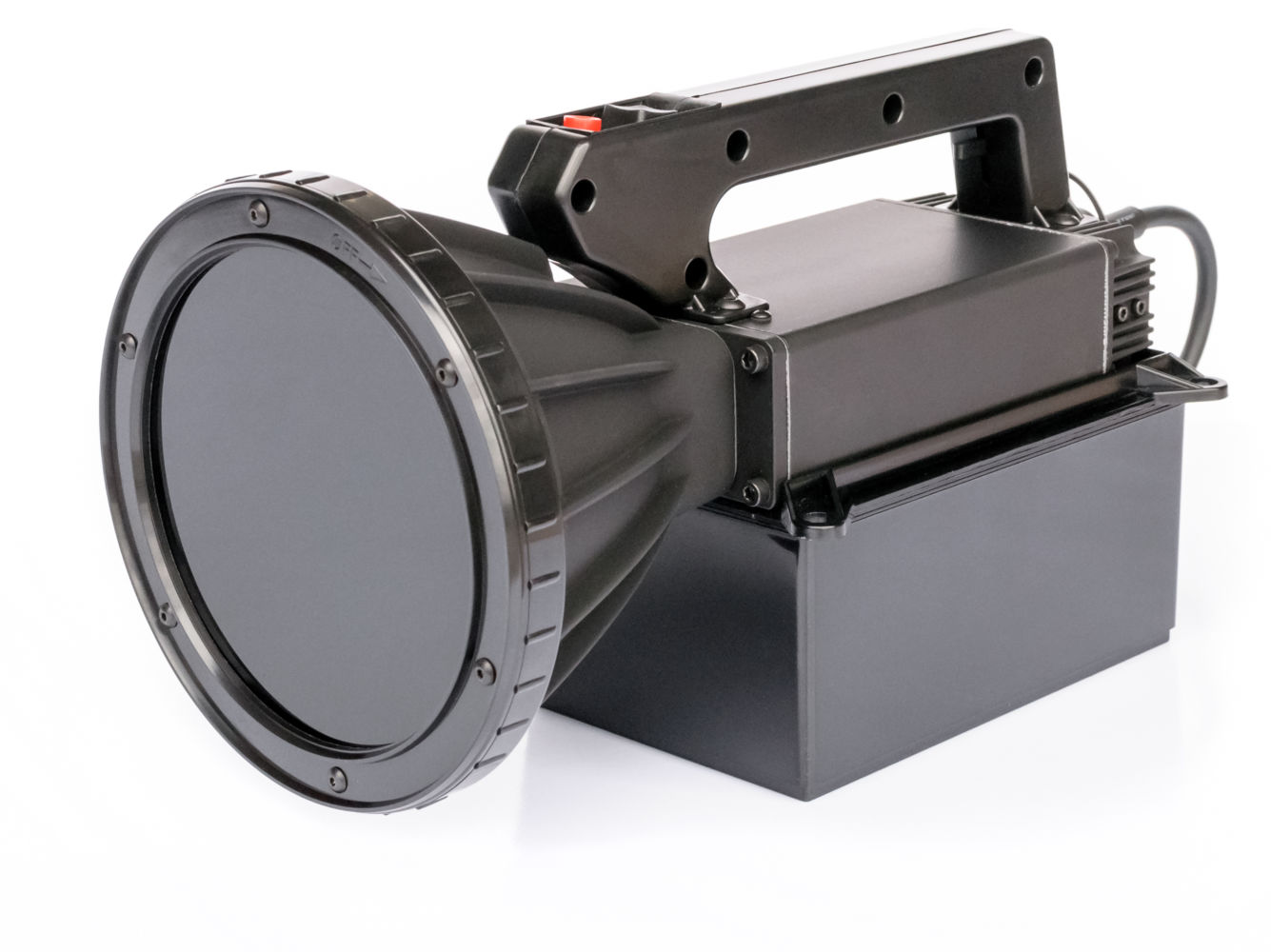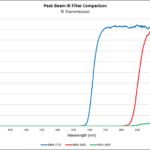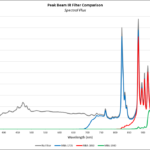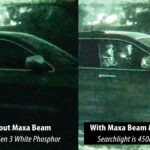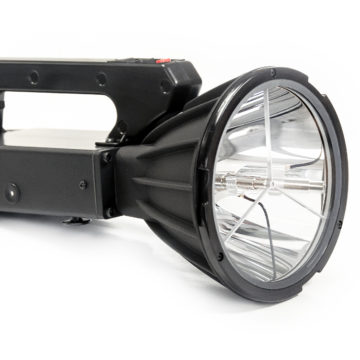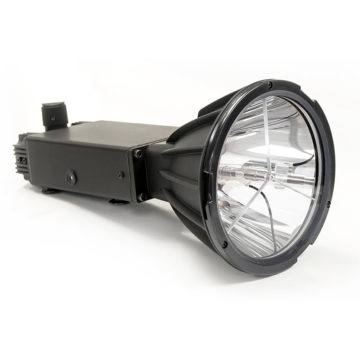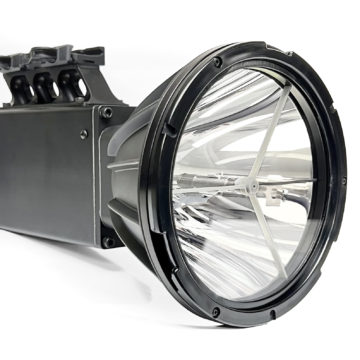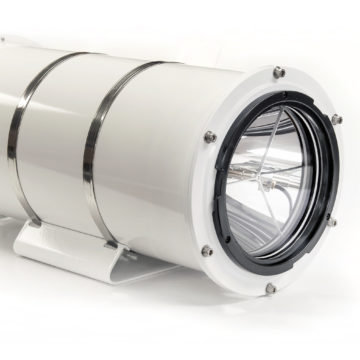Infrared Filters
MBA-1715, MBA-1850, MBA-1900
Attach an infrared filter to a Maxa Beam to turn the searchlight into a covert IR illuminator. The Maxa Beam’s infrared beam is invisible to the naked eye but will aid IR-sensitive cameras and night vision devices at long ranges.
Choose from three longpass filter options that block light energy below 715nm, 850nm, and 920nm. The 850nm Filter is typically the best filter choice for most applications because it offers a good balance of range and covertness.
Each filter attaches to the searchlight using a positive locking technique that requires no threading or tools, making it easy to install or remove a filter in seconds with only a quarter turn.
 Searchlight
Searchlight